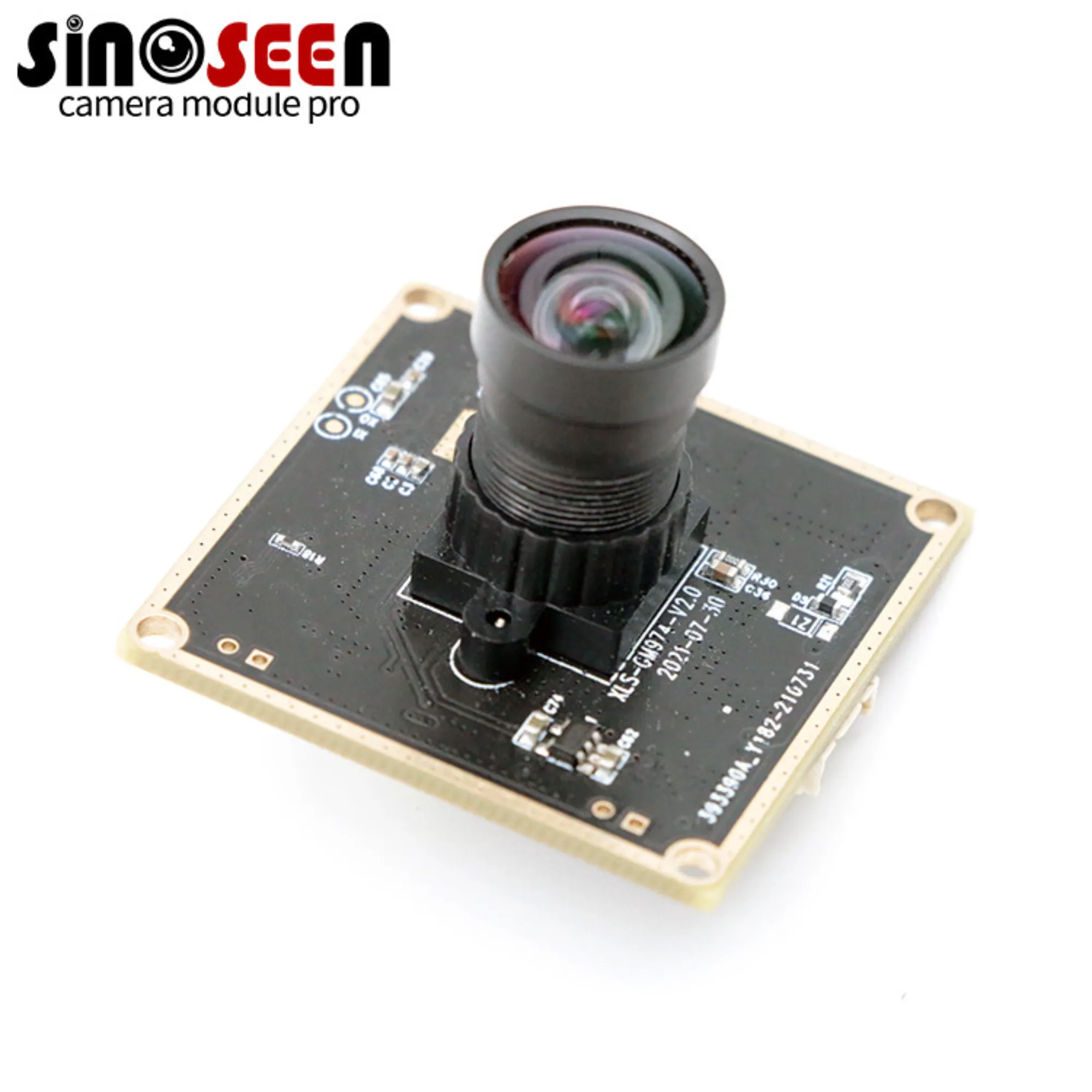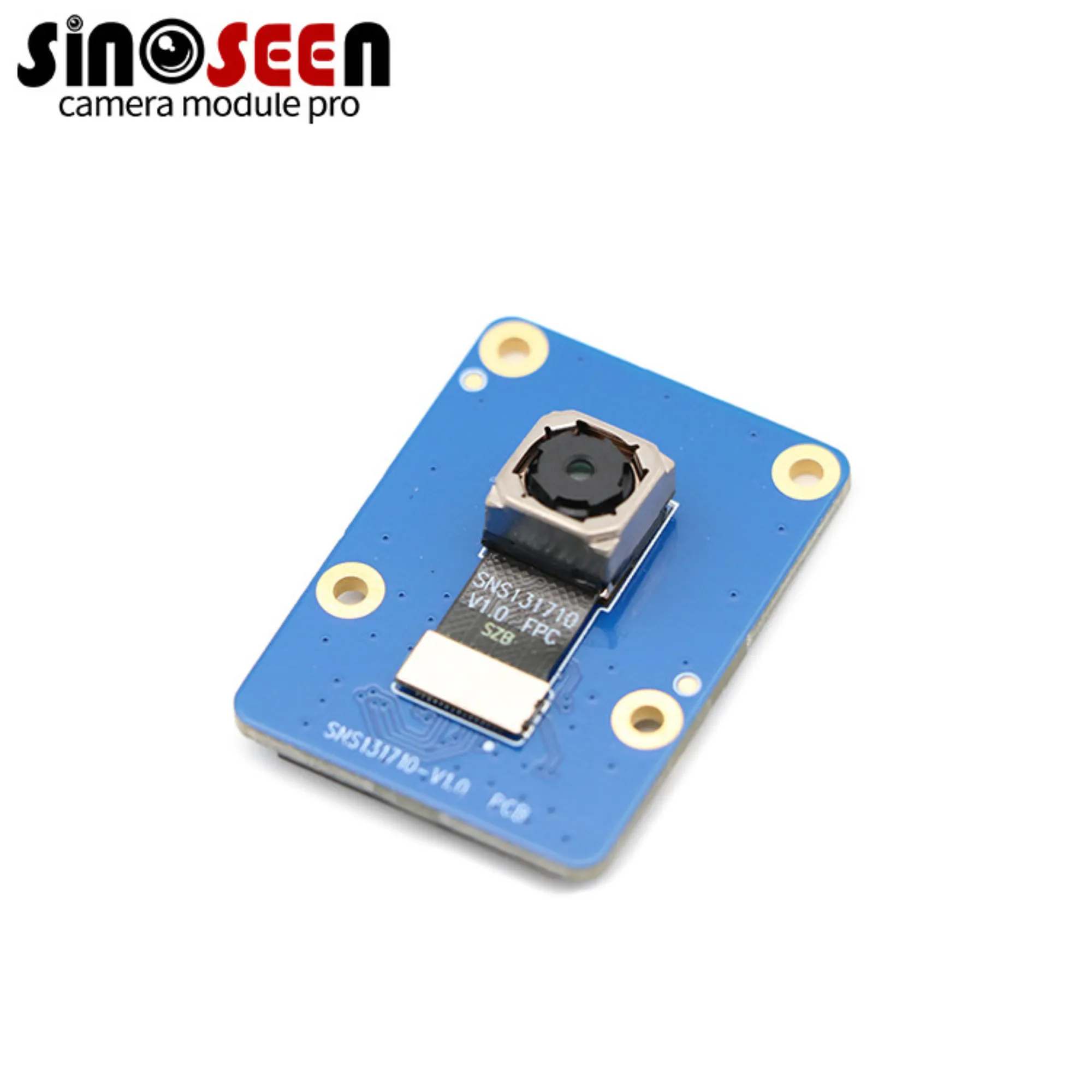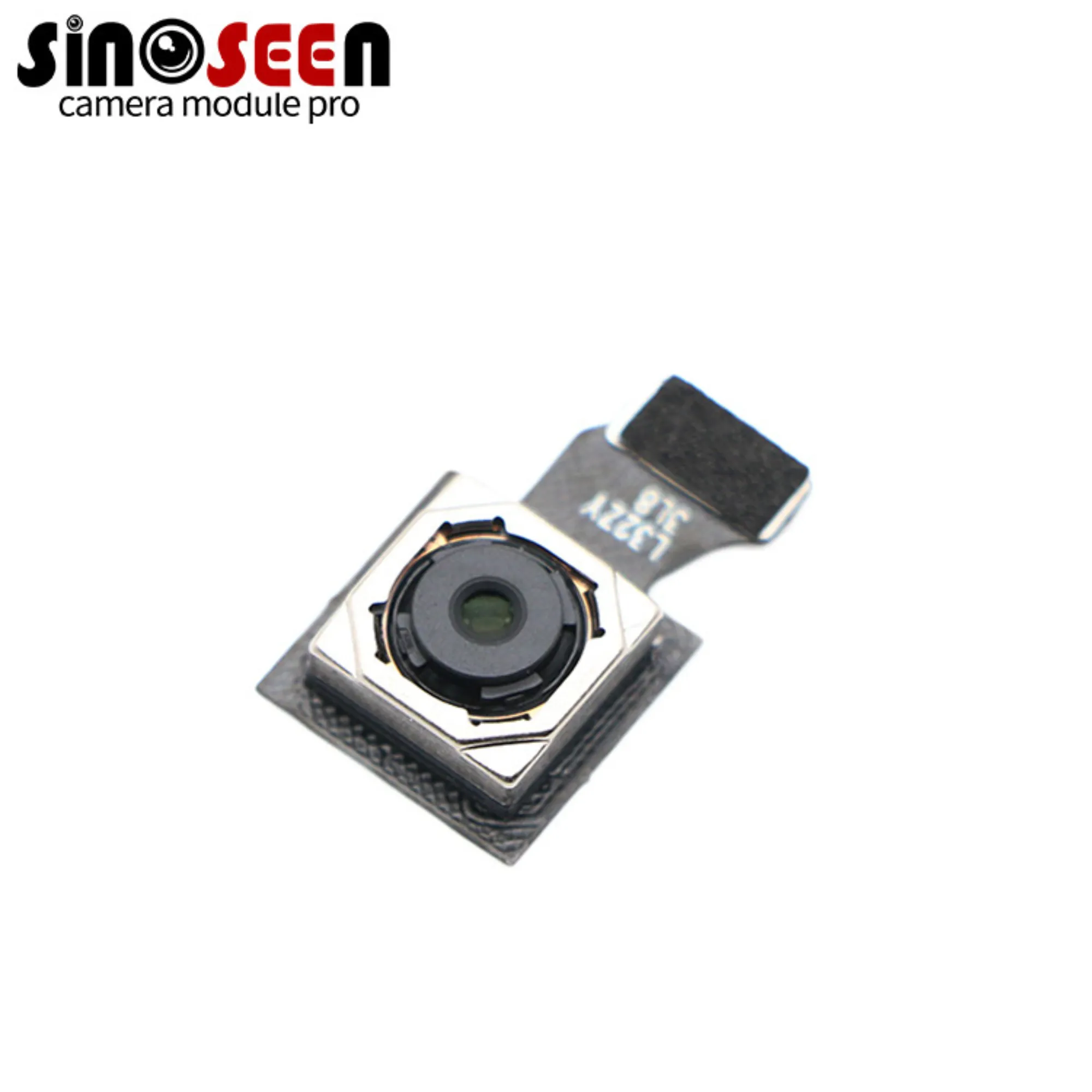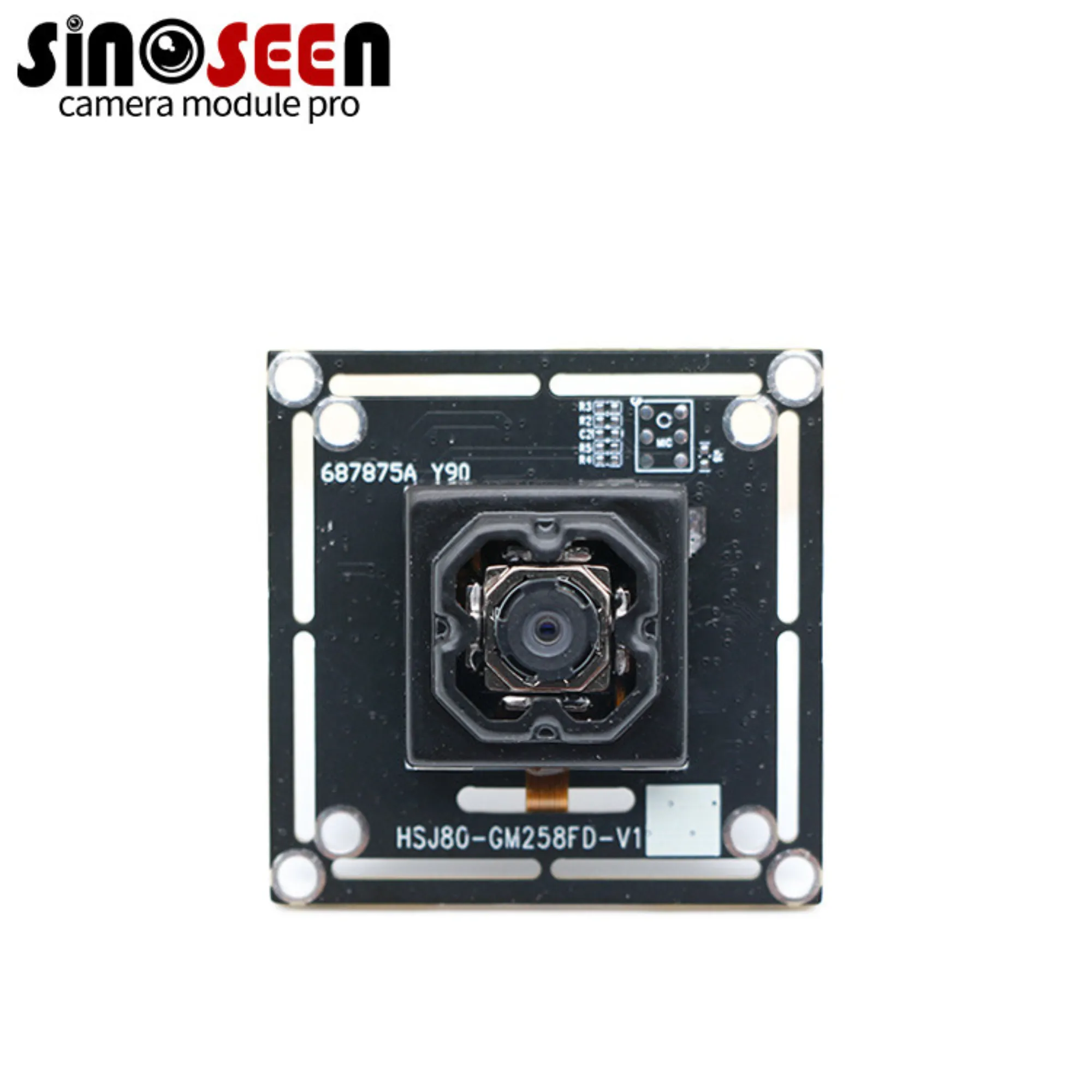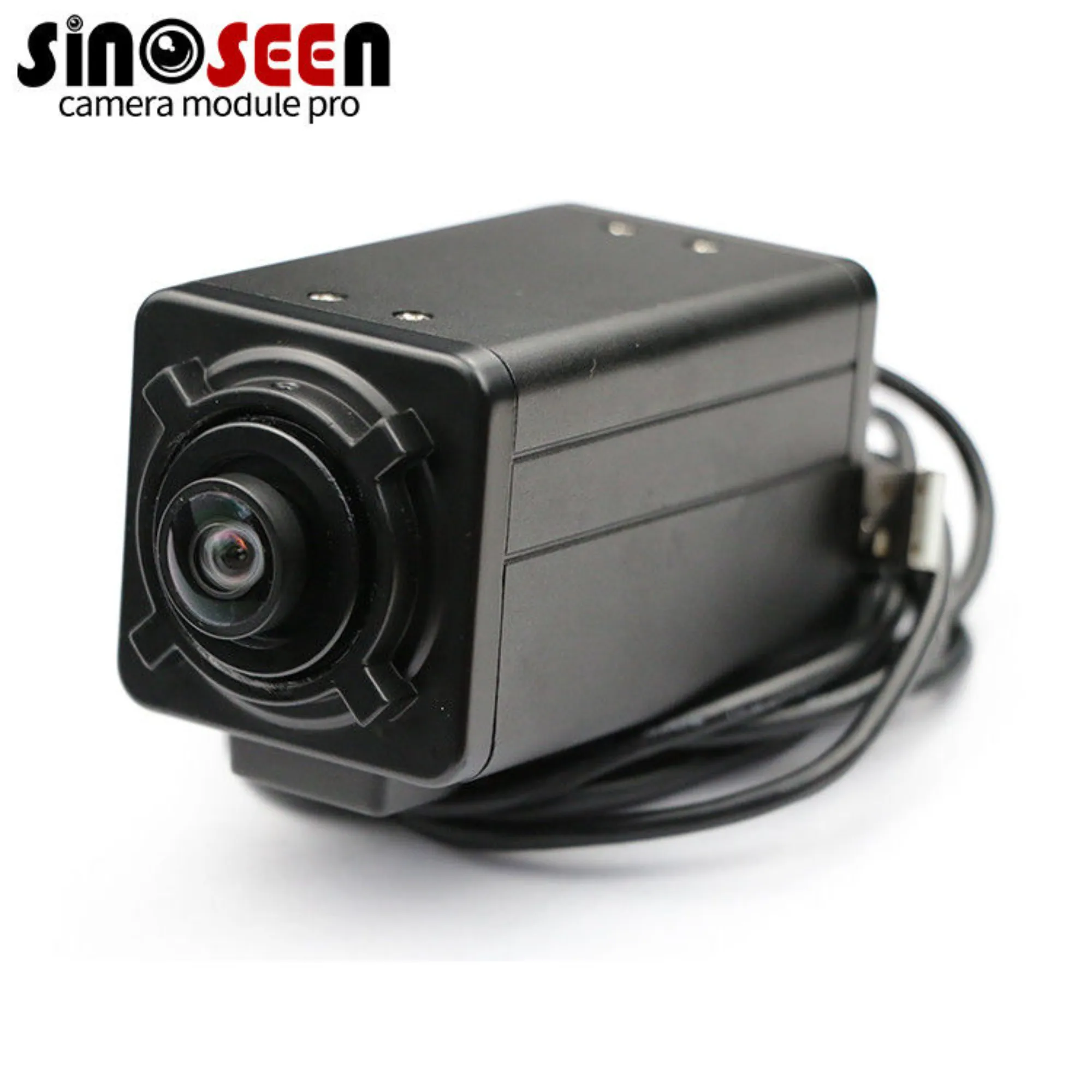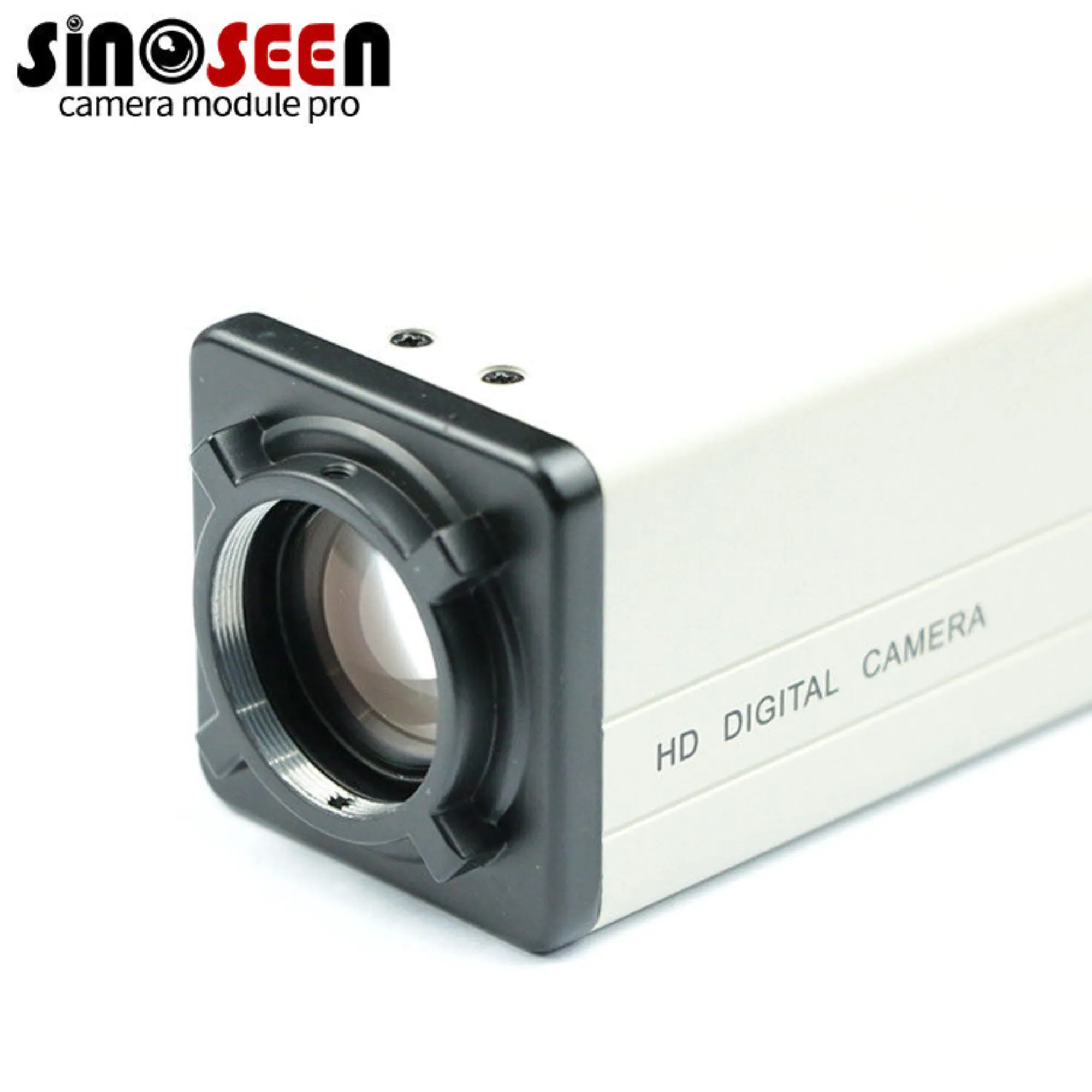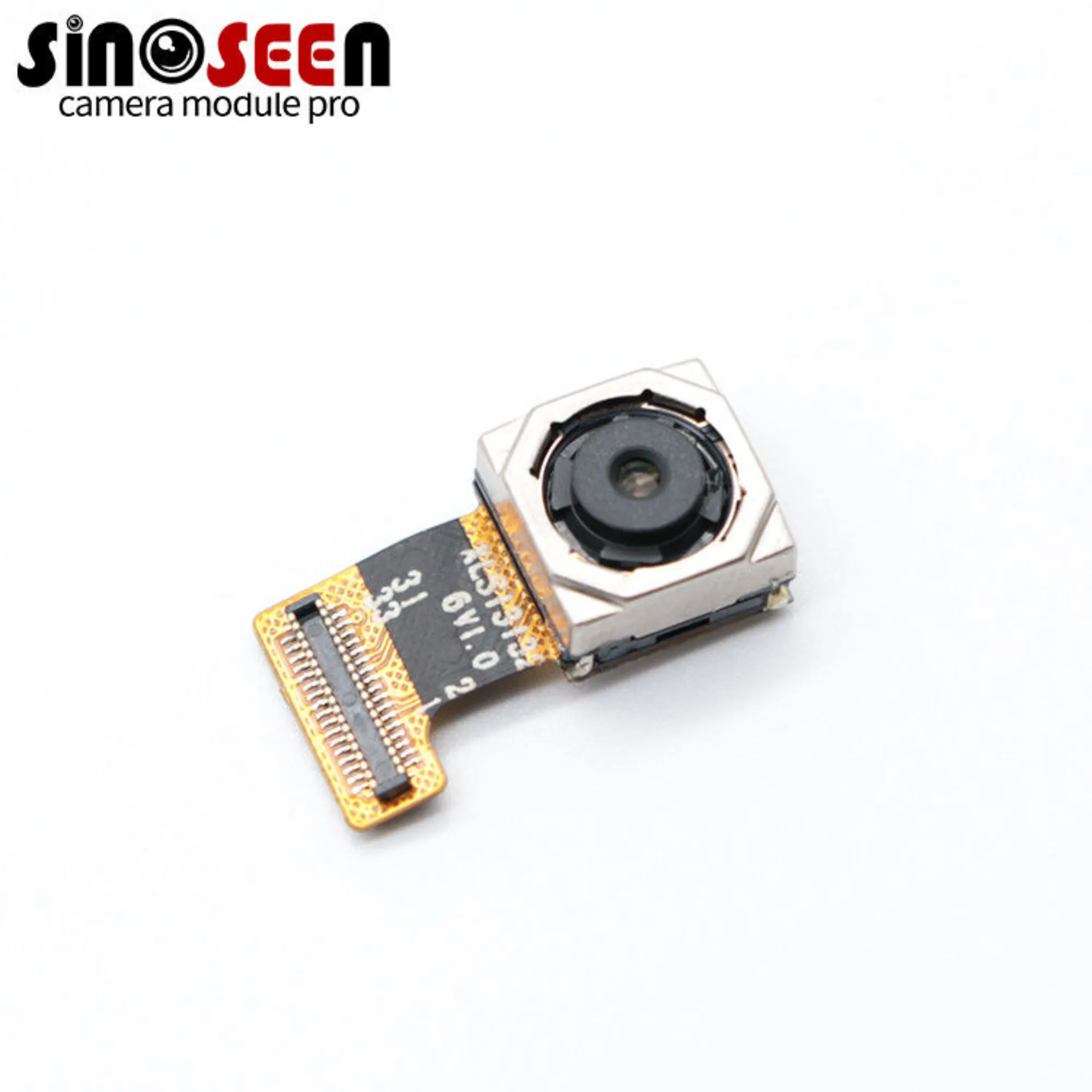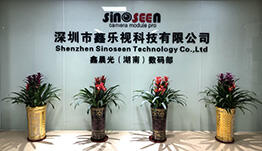Understanding the CSI Camera Interface: A Comprehensive Guide
I. Introduction to CSI Camera Interface
The CSI interface (Camera Serial Interface) is a well-established standardized communication method, for speedy, series data transportation, between image sensors to processing units in digital imaging. Here is a part which aims to illustrate CSI camera interfaces and emphasize the role they take in the digital image processing systems.
A. Overview of CSI Camera Interfaces
The communication center between image sensors and processing units in digital imaging systems is the CSI camera interface, which accounts to be the communication media. They provide an unified way of communications that can be used for transmitting image data, control signals, and metadata between these modules. CSI connections typically entail a group of electrical communication channels whicscalibrate data exchange and interaction between the distinct hardware parts.
Key aspects of CSI camera interfaces include:
- Serial data transmission: Serial communication is the method that CSI interfaces use to transfer data between the image sensor and processing unit. This conditioning means that these rates would have no limits to their quality which is essential for real-time imaging applications.
- Protocol standardization: Adopting CSI interfaces abide by MIPI CSI-2 standard, specific protocol for which ensures compatibility and interoperability across different hardware components by various manufacturers.
- Compact and efficient design: The CSI interfaces are meant to be small in size, compact and efficient which means that they can be integrated majorly with a wide range of imaging devices including smartphones, digital cameras, medical imaging equipments and automobiles cameras.
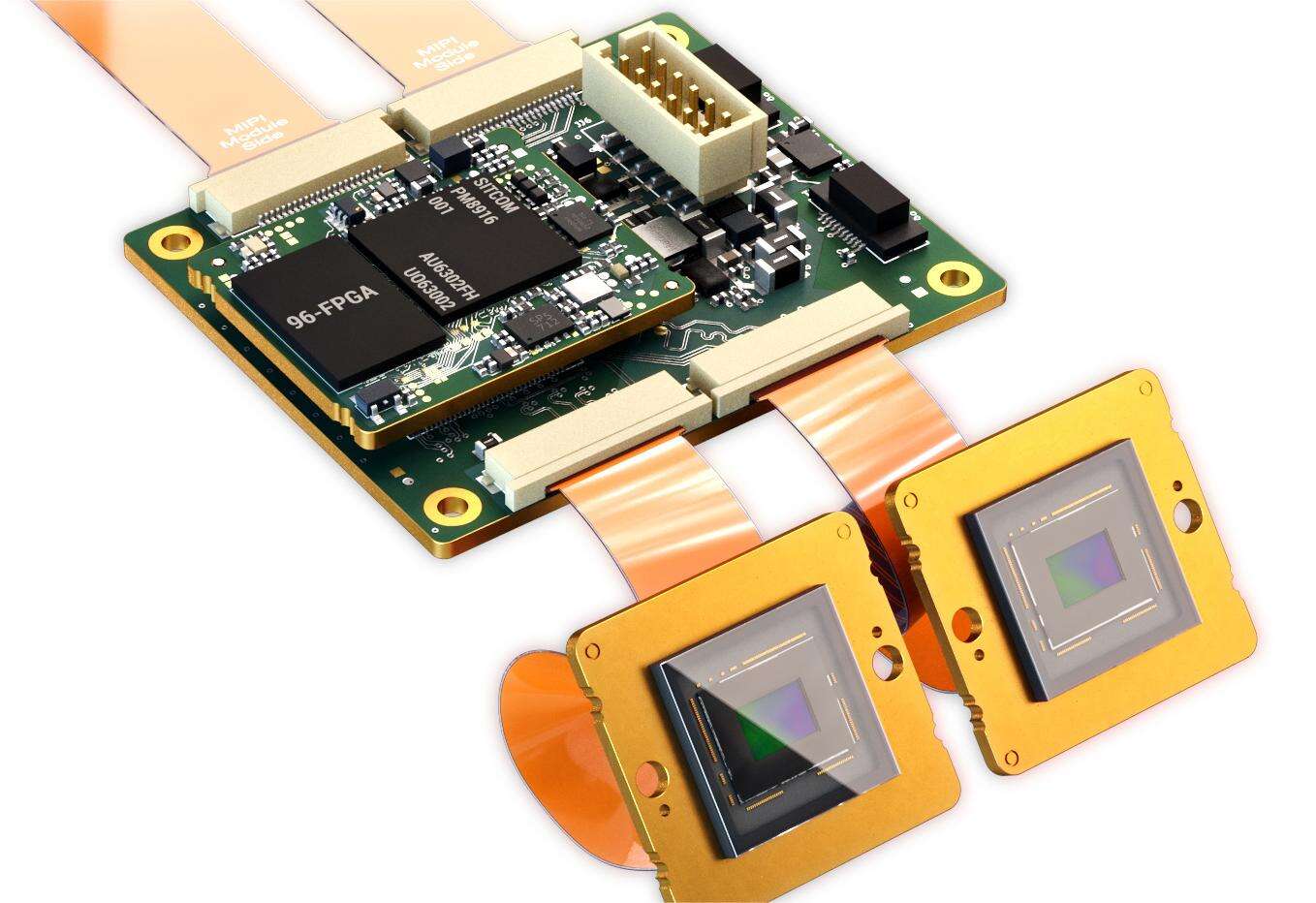
B. Importance of CSI Interfaces in Digital Imaging Systems
CSI camera interfaces play a crucial role in the functionality and performance of digital imaging systems, offering several advantages:
- High-speed data transmission: CSI interfaces allow for the transmission between image sensors and processing units at high speeds, this makes it possible to capture, process and analyse the images within the shortest period possible.
- Reduced cable complexity: Through the use of serial communication, CSI interfaces eliminate the requirement of excessive cables, thus facilitating streamlined system structure and an optimised space utilisation.
- Enhanced image quality: Direct coupling of the image sensors and the processing units via the CSI interfaces is one of the factors that help reduce the signal degradation, thus resulting in beautiful imagery.
- Compatibility and standardization: CSI interfaces use common standards which enable the linkage with different hardware parts and devices in a correct and seamless fashion.
- Power efficiency: Serial data link used in this CSI communication interface decreases power consumption which makes them appropriate for battery-based devices and energy-efficient systems.
- Flexibility and scalability: Interfaces with CSI provide flexibility in system design and scalability, that allow for appending of further elements and functionality, whenever the need arise.
- Application versatility: CSI interfaces can be the part of automotive industry, surveillance, medical imaging, and consumer electronics allowing for innovative solutions and for the filling specific imaging needs.
CSI camera interfaces are core units of digit imaging systems, establishing a unitary standard and reliable method for sharing picture and control signals between sensors and processors. Their significance in the technology is the capacity to provide high rate of data transmission, better images, easier compatibility and interoperability and the diversification of imageable solutions across different industries.
II. Understanding the CSI Protocol
A. Definition and Purpose of the CSI Protocol
The CSI (Camera Serial Interface) protocol is a standardized communication protocol specifically designed for high-speed, serial data transmission between image sensors and processing units in digital imaging systems. Its primary purpose is to facilitate the seamless transfer of image data, control signals, and metadata between these components.
B. Working Principles and Data Transmission Mechanisms
The CSI protocol operates based on the principles of serial data transmission, utilizing dedicated electrical connections and standardized protocols for efficient communication. Key aspects of its operation include:
- Serial Data Transmission: CSI interfaces transfer data serially, allowing for high-speed transmission rates essential for real-time imaging applications.
- Data Packet Structure: Image data, control signals, and metadata are encapsulated into data packets for transmission. These packets typically include synchronization, header, payload, and checksum sections to ensure data integrity and reliability.
- Synchronization and Timing: CSI interfaces employ precise timing mechanisms to synchronize the transmission and reception of data between image sensors and processing units. This ensures that data is transferred accurately and in the correct sequence.
- Error Handling: The CSI protocol includes error detection and correction mechanisms to mitigate data transmission errors. Checksums and other error-checking techniques are used to verify the integrity of transmitted data and retransmit any corrupted or lost packets.
- Protocol Standardization: The CSI protocol adheres to standardized specifications, such as MIPI CSI-2, ensuring compatibility and interoperability between different hardware components and devices. This standardization facilitates seamless integration and simplifies the development process for digital imaging systems.
In essence, the CSI protocol enables efficient, reliable communication between image sensors and processing units, vital for real-time imaging tasks.
III. Components of CSI Camera Modules
A. Exploring the Structure of CSI Camera Modules
CSI camera modules consist of key components for image capture and processing:
- Image Sensor: Converts light into digital signals.
- Lens: Focuses light onto the image sensor for clear capture.
- Image Processing Circuitry: Enhances image quality by adjusting parameters like noise and color.
- Control Interface: Enables communication with external devices for configuration and control.
B. Types and Characteristics of CSI Camera Connectors
CSI camera modules utilize various connectors for interfacing:
- FPC Connectors: Thin and flexible, ideal for compact spaces.
- Coaxial Connectors: Ensure reliable signal transmission, suitable for high-speed data.
- Board-to-Board Connectors: Provide stable connections for permanent integration.
Choosing the right connector type depends on factors such as space constraints and signal integrity requirements, ensuring reliable communication between the camera module and the host device.
IV. Hardware Integration Requirements
A. Compatibility Requirements between Host Devices and CSI Cameras
- Electrical Interface:Host devices must support the required voltage levels and signal protocols of CSI cameras.
- Connector Matching: Ensure the physical connector type of the CSI camera aligns with the host device's interface.
- Software Compatibility: Host devices need compatible drivers or software for seamless communication with CSI cameras.
- Data Transfer Rate: Host device processing capabilities should meet or exceed CSI camera data transfer rate requirements.
B. Considerations for Power Supply Stability and Wiring Connections
- Stable Power Supply:Provide consistent power to CSI cameras for reliable performance.
- Secure Wiring: Ensure wiring connections between host devices and CSI cameras are secure and well-insulated.
- Grounding: Properly ground both host devices and CSI cameras to minimize electrical noise.
- Quality Cables: Use high-quality cables of appropriate length to maintain signal integrity over distances.
V. Key Features and Components of CSI Cameras
A. Role of Image Sensors in CSI Cameras
Image sensors are fundamental components of CSI cameras, responsible for converting light into electrical signals. Key points include:
- Light Sensitivity: Image sensors detect light and convert it into electrical signals, forming the basis of image capture.
- Resolution: Higher resolution sensors capture more detail, leading to sharper images.
- Pixel Size: Larger pixels typically offer better low-light performance and dynamic range.
- Sensor Type: Different sensor types (e.g., CMOS, CCD) have unique characteristics and suitability for specific applications.
B. Selection and Considerations for Camera Lenses
Choosing the right lens is crucial for achieving desired image quality and capturing specific scenes effectively. Considerations include:
- Focal Length: Determines the field of view and magnification of the captured image.
- Aperture: Affects the amount of light entering the lens and depth of field.
- Lens Quality: Higher quality lenses typically produce sharper images with less distortion and aberration.
- Special Features: Consider additional features like image stabilization, autofocus, and lens coatings for improved performance in various conditions.
Understanding the role of image sensors and selecting appropriate lenses are essential steps in maximizing the performance and capabilities of CSI cameras.
VI. Resolution Capabilities and Sensor Formats
A. Understanding Resolution Capabilities of CSI Cameras
CSI cameras offer varying resolution levels, determining image detail:
- Resolution Definition: Measured in megapixels, it determines image clarity.
- Higher Resolution: Captures finer details, but may increase file size and processing demands.
- Considerations: Choose resolution based on application needs and processing capabilities.
B. Different Sensor Formats and Their Applications
CSI cameras use various sensor formats, each suited for specific purposes:
- Full-Frame Sensors: Provide excellent image quality, ideal for professional photography.
- APS-C Sensors: Balance quality and size, common in DSLRs and mirrorless cameras.
- Micro Four Thirds (MFT) Sensors: Compact and versatile, used in mirrorless cameras and drones.
- 1-Inch Sensors: Compact yet capable, found in compact cameras and drones.
- Smaller Sensors: Used in smartphones and webcams for portability and convenience.
Understanding sensor formats aids in selecting the right CSI camera for desired applications, considering factors like image quality and portability.
VII. Low-Light Performance and Sensitivity
A. Enhancing Low-Light Performance in CSI Cameras
Improving low-light performance is crucial for capturing quality images in challenging lighting conditions:
- Sensor Sensitivity: Higher sensitivity sensors can capture more light, enhancing performance in low-light environments.
- Pixel Size: Larger pixels can gather more light, improving signal-to-noise ratio and reducing noise in low-light images.
- Sensor Technology: Backside-illuminated (BSI) sensors and other advanced technologies can improve light sensitivity and reduce noise.
- Noise Reduction: Utilizing noise reduction algorithms can help reduce image noise in low-light conditions, enhancing image quality.
B. Techniques for Improving Camera Sensitivity
Enhancing camera sensitivity contributes to better low-light performance and overall image quality:
- Adjusting ISO Settings: Increasing ISO sensitivity can amplify the signal from the sensor, improving image brightness in low-light situations. However, higher ISO settings may introduce more noise.
- Optimizing Exposure Settings: Adjusting exposure settings such as aperture and shutter speed can help optimize the amount of light reaching the sensor, improving sensitivity.
- Utilizing Low-Light Modes: Some CSI cameras offer specific low-light shooting modes or features designed to enhance sensitivity and reduce noise in challenging lighting conditions.
- Image Processing Techniques: Advanced image processing techniques, such as multi-frame noise reduction and HDR (High Dynamic Range), can help improve sensitivity and dynamic range in low-light images.
By implementing these techniques, CSI cameras can achieve enhanced low-light performance and sensitivity, enabling the capture of high-quality images even in challenging lighting conditions.
VIII. Integration Process of CSI Cameras
A. Hardware Integration and Compatibility with Host Devices
Ensuring seamless hardware integration between CSI cameras and host devices is crucial:
- Electrical Compatibility: Host devices must support the electrical specifications required by the CSI camera, including voltage levels and signal protocols.
- Physical Connector Matching: The physical connector type of the CSI camera should align with the interface available on the host device.
- Mechanical Compatibility: Ensure physical dimensions and mounting options of the CSI camera are compatible with the host device's mounting setup.
- Data Transfer Rate Compatibility: Host device processing capabilities should meet or exceed the data transfer rate requirements of the CSI camera.
B. Selection and Installation of Cables and Connectors
Choosing and installing the right cables and connectors is essential for reliable data transmission:
- Cable Type Selection: Choose cables suitable for the required data transfer rate and environmental conditions.
- Connector Compatibility: Ensure connectors match between the CSI camera and host device for secure connections.
- Proper Installation: Follow manufacturer guidelines for cable routing and installation to minimize signal interference and ensure reliable connections.
- Testing: Perform thorough testing of cables and connectors after installation to verify functionality and data integrity.
C. Software Drivers and Integration Workflows
Integrating CSI cameras with host devices involves software drivers and integration workflows:
- Driver Installation: Install compatible drivers on the host device to facilitate communication with the CSI camera.
- Software Configuration: Configure camera settings and parameters through software interfaces provided by the manufacturer.
- Integration Workflow: Follow integration workflows provided by the manufacturer to ensure proper setup and functionality.
- Testing and Optimization: Conduct testing and optimization of software settings to achieve desired performance and functionality.
By following these steps, developers can ensure smooth integration of CSI cameras into host devices, maximizing performance and reliability.
IX. Advanced Features and Applications
A. Automatic Focus and Image Stabilization in CSI Cameras
- Automatic Focus:CSI cameras utilize automatic focus mechanisms to ensure sharp and clear images by adjusting focus based on subject distance.
- Image Stabilization: Integrated gyroscopic sensors or optical stabilization mechanisms minimize blur caused by camera shake or movement, enhancing image quality in dynamic environments.
B. High Dynamic Range (HDR) Imaging and Its Implementation
- Principle:HDR imaging captures and combines multiple exposures to extend dynamic range, preserving details in both highlights and shadows.
- Implementation: CSI cameras employ software algorithms to merge multiple images with varying exposures, creating a final HDR image with improved contrast and detail.
- Benefits: HDR imaging enhances image quality in scenes with high contrast or uneven lighting conditions, providing more natural and detailed images.
C. Applications in Monitoring, Robotics, and Computer Vision
- Monitoring:CSI cameras are integral components of surveillance systems, offering real-time monitoring capabilities for indoor and outdoor environments, enhancing security and safety.
- Robotics: Integrated into robotic systems, CSI cameras provide visual feedback for navigation, object detection, and manipulation tasks, enabling precise and efficient operation.
- Computer Vision: CSI cameras support computer vision applications such as object recognition, gesture recognition, and facial recognition, facilitating automation and intelligent decision-making processes in various industries.
X. Future Trends and Innovations
A. Prospects for the Future Development of CSI Camera Interfaces
- Enhanced Resolution:Continued advancements in sensor technology may lead to higher resolution CSI cameras, enabling more detailed imaging.
- Improved Low-Light Performance: Development of more sensitive sensors and advanced noise reduction algorithms could enhance low-light performance.
- Integration with AI and Machine Learning: CSI cameras may leverage AI and machine learning algorithms for real-time image processing and analysis, enabling intelligent features such as scene recognition and object tracking.
- Miniaturization: Trends towards smaller, more compact devices may drive the development of miniaturized CSI cameras for applications requiring portability and space constraints.
B. Challenges and Potential Solutions for CSI Camera Technology
- Data Processing Demands:Higher resolution cameras and advanced imaging techniques may pose challenges for data processing and storage. Solutions include optimization of algorithms and hardware acceleration techniques.
- Power Consumption: Increasing functionality and performance may lead to higher power consumption. Addressing this challenge involves optimizing power management strategies and developing more energy-efficient components.
- Cost: Balancing performance and cost is crucial for widespread adoption. Innovations in manufacturing processes and economies of scale may help reduce costs over time.
C. Showcase of Innovative Technologies and Application Scenarios
- Multi-Sensor Fusion:Integration of multiple sensors, including CSI cameras, lidar, and radar, for comprehensive environmental perception in autonomous vehicles and robotics.
- Augmented Reality (AR) and Virtual Reality (VR): CSI cameras play a vital role in AR and VR applications, enabling immersive experiences through real-time image capture and rendering.
- Medical Imaging: Advancements in CSI camera technology contribute to medical imaging applications such as endoscopy, microscopy, and diagnostic imaging, improving patient care and diagnosis accuracy.
As CSI camera technology continues to evolve, addressing challenges and embracing innovative solutions will drive the development of new applications and further integration into diverse industries.
In conclusion, CSI cameras serve as indispensable tools across various industries. They enable high-speed data transmission, essential for image capture and processing. By integrating seamlessly with host devices and offering advanced features like automatic focus and HDR imaging, CSI cameras enhance security surveillance, robotics, and medical imaging applications. Looking ahead, continued technological advancements, coupled with addressing challenges such as data processing demands, will drive innovation in the CSI camera industry. With their diverse applications and evolving capabilities, CSI cameras are poised to shape the future of imaging technology.

 EN
EN
 AR
AR
 DA
DA
 NL
NL
 FI
FI
 FR
FR
 DE
DE
 EL
EL
 HI
HI
 IT
IT
 JA
JA
 KO
KO
 NO
NO
 PL
PL
 PT
PT
 RO
RO
 RU
RU
 ES
ES
 SV
SV
 TL
TL
 IW
IW
 ID
ID
 SR
SR
 VI
VI
 HU
HU
 TH
TH
 TR
TR
 FA
FA
 MS
MS
 IS
IS
 AZ
AZ
 UR
UR
 BN
BN
 HA
HA
 LO
LO
 MR
MR
 MN
MN
 PA
PA
 MY
MY
 SD
SD

